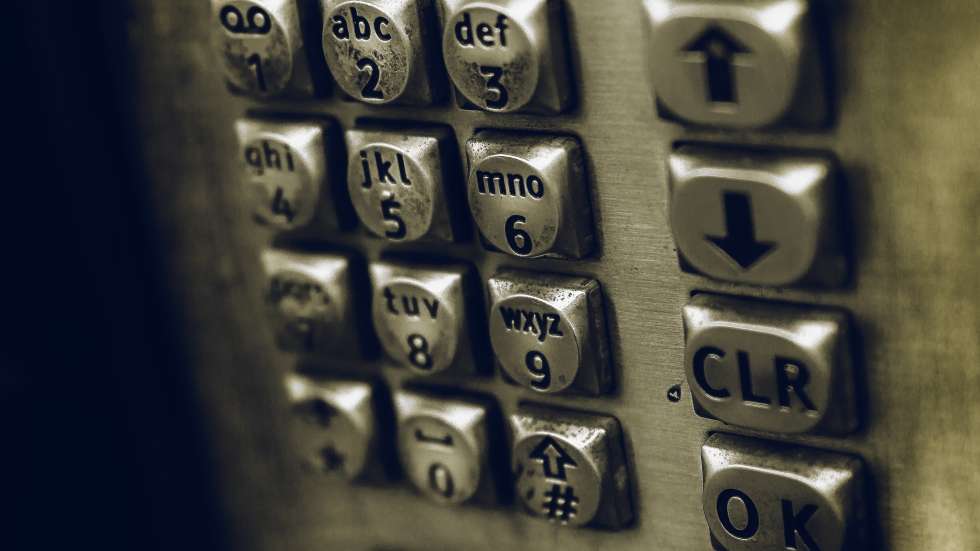
It’s not cheap to keep people in California’s county-run jails and juvenile lockups.
So the law allows sheriffs to run commissary stores inside and to charge the residents to make outside phone calls, then tap the profits “primarily” to pay for programs and services that benefit the incarcerated people.
But research by a coalition of justice reformers, led by the Bay Area-based Young Women’s Freedom Center, has concluded that the system should be overhauled because the prices are so exorbitant they create a crushing and counterproductive burden on incarcerated people and their loved ones.
Adult and juvenile inmates use the commissaries to buy goodies such as tobacco and candy, as well as things like pen and paper, soap and other hygiene products. The phones are a key instrument used to stay in touch with family, friends and legal counsel.
The sheriff, through the jail or juvenile facility staff, sets the prices of goods in the stores and sets the commission on phone calls.
The new report shows how jails across the state profit from the commissaries (often known as stores or canteens), as they receive anywhere from a quarter up to about half of the revenue generated. It comes as the state Assembly Appropriations Committee prepares to take up Senate Bill 555 on Thursday, which would make major changes in sheriffs’ management of inmate welfare funds.
Introduced by state Sen. Holly Mitchell, a Democrat from Los Angeles, the bill easily passed the Senate last year, the first year of the two-year legislative session.
Mitchell’s bill would require items offered in the store to be sold at cost and rename the “inmate welfare fund” the “incarcerated peoples’ welfare fund.” The money must be spent “solely” for the benefit, education and welfare of inmates, rather than “primarily.”
It would also require sheriffs’ departments to negotiate the lowest price they can find on contracts for telephonic and other communications services in order to reduce the cost to incarcerated people, with no fees or commissions tacked on.
According to advocates, the prohibitive cost of making phone calls is especially damaging to juveniles, who fare better in the long term when they stay in touch with their loved ones. The current system undermines a key goal of the juvenile justice system, to maintain and strengthen youths’ family ties.
“Our systems of incarceration should not shake down incarcerated people who are trying to stay connected with their loved ones and families to generate profits to fund their failing operations,” said Amika Mota, director of statewide policy for Young Women’s Freedom Center, calling for an immediate end to the “unjust system” through the passage of SB 555.
The price of a 15-minute phone call for a youth in juvenile detention varies considerably from county to county, the report found. A 15-minute phone call with a girl locked up in Solano County costs her family $2.40 ($70 a month if they chat every day). That’s the cheapest among the counties in the survey. That same 15-minute chat with Mom or Dad would rack up a charge of $13.65 ($409.50 for one call a day for a month) if the girl happened to be in San Benito County, the most expensive charge in the study.
Considering that a huge percentage of incarcerated people (and mostly Black and Latino) are low-income, the charges at the upper end are simply bad policy, according to the researchers, making it nearly impossible for parents and kids to stay connected.
According to Mitchell, the aim of her bill is to ‘reduce the costs of communications services and commissary items sold in county jail stores borne by those who are incarcerated and their families … Public safety and community health are directly benefited by ensuring that incarcerated people are able to maintain their connections during their incarceration, and their loved ones should not be held to pay unaffordable fees in order to ensure the health and welfare of their family.”
The California Public Defenders Association agrees, but the Los Angeles County Sheriff’s Department does not.
“Our systems of incarceration should not shake down incarcerated people who are trying to stay connected with their loved ones and families to generate profits to fund their failing operations”
AMIKA MOTA, Young Women’s Freedom Center
“It is highly unlikely that the County of Los Angeles will be able to backfill the funds that will be lost if this bill is approved,” the Sheriff’s Department stated in opposition. “This bill jeopardizes the programs funded by the [inmate welfare fund], ignoring the important role they play in ensuring the successful re-entry of inmates into our communities, which exist to curb recidivism.”
Indeed, the bill does not identify an alternative source of funds for these programs, which means it will likely fall to counties to decide whether to keep them going.
A lot of money is at stake along with programs it keeps afloat.
In fiscal year 2017-2018, the Los Angeles County Sheriff’s Department reportedly pulled in about $15 million in payments from its communications provider and more than $20 million dollars from canteen sales.
The county spent $37 million from the inmate welfare fund on “vocation and rehabilitative services over the previous several years” and “inmate legal assistance.” The San Diego County Sheriff’s Department reported spending about 82% of all inmate welfare funds on direct inmate services.





